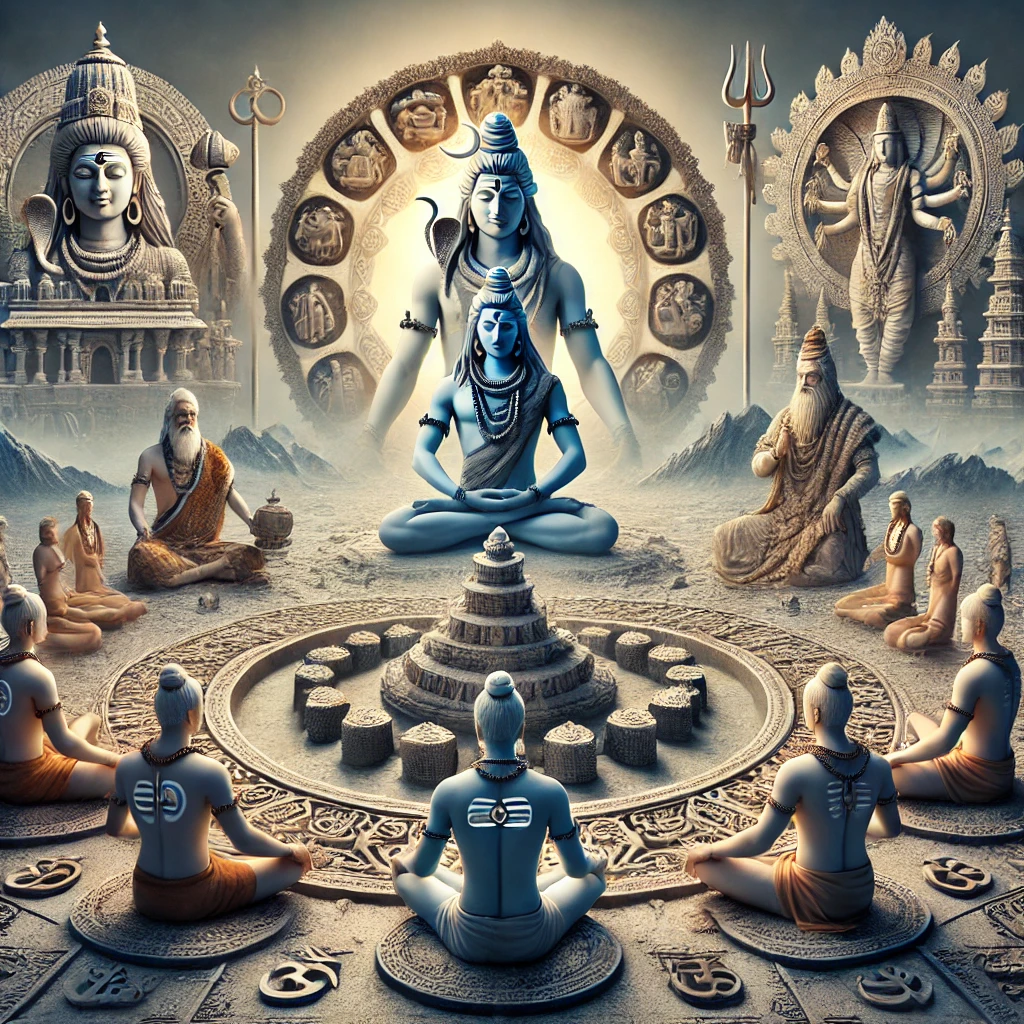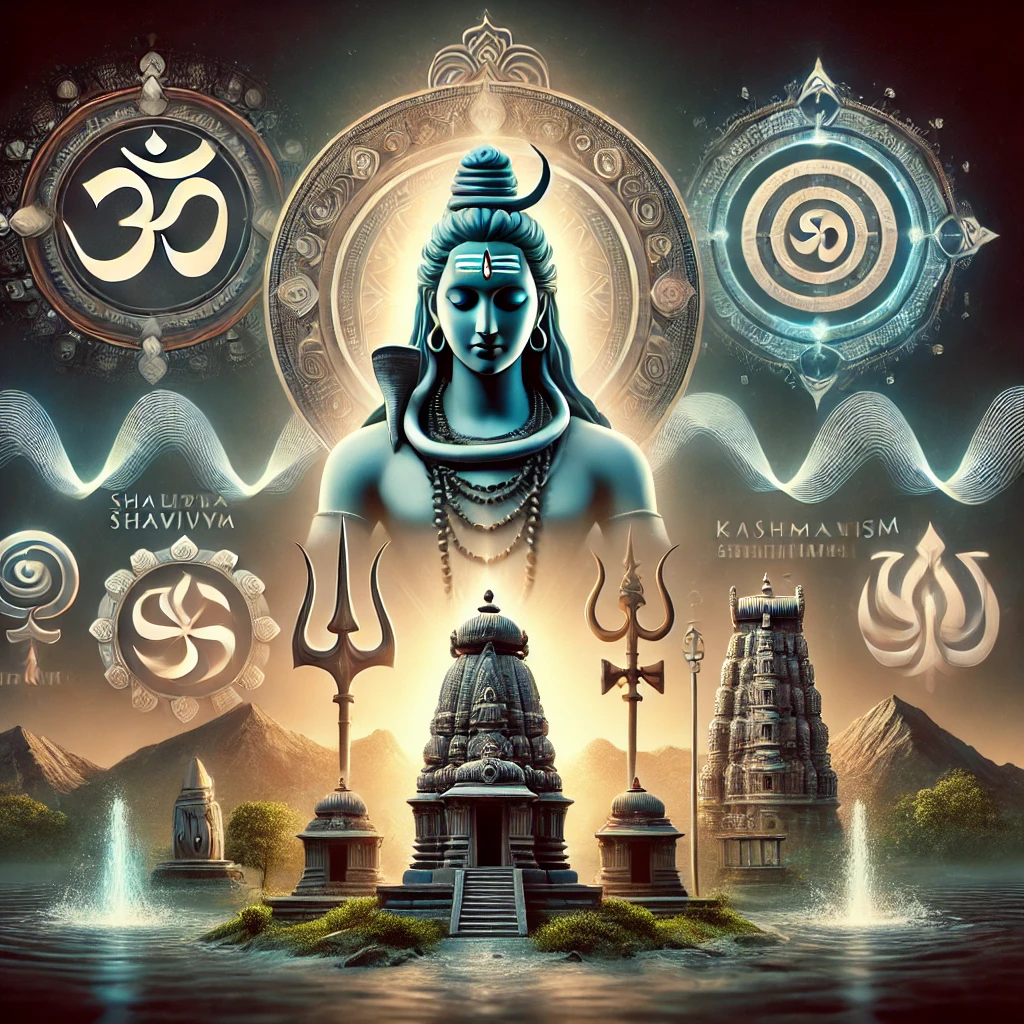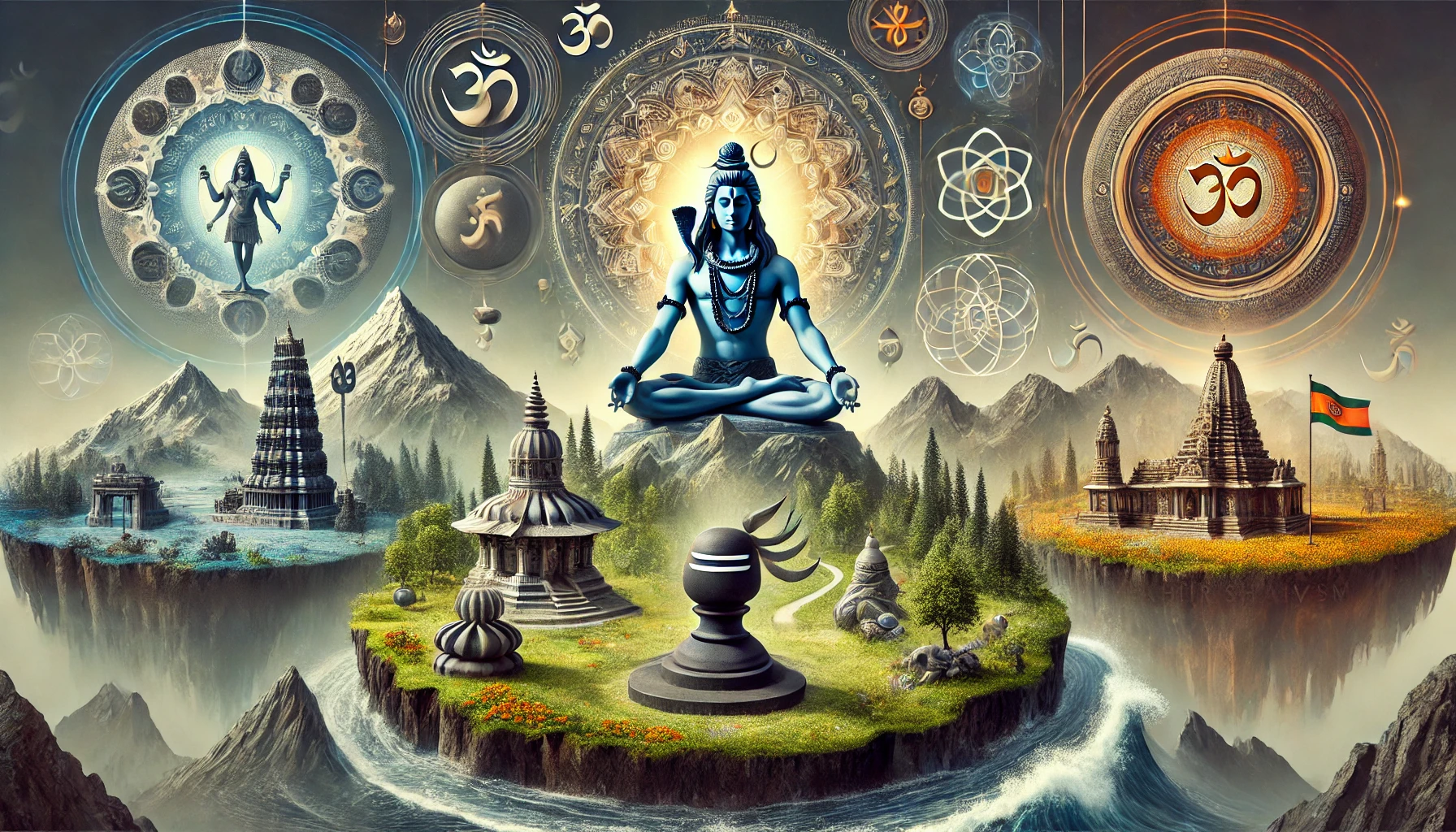Sects of Shaivism are different branches developed in the tradition. In fact, the largest portion of Hinduism is focused mainly on Lord Shiva. They were developed regionally, philosophically, and in the context of devotional practices. Shaivism has been at the core of Indian spirituality with deep roots in ancient traditions and philosophies.
Shaivism has many variations in its practice. Each sect of Shaivism provides a different version of worship for Lord Shiva. Various sects have emerged with their respective beliefs and ritualistic practices, which further mix with geographical, cultural, and philosophical reasoning over time.
- Shaivism is one of the earliest traditions of Hinduism.
- Different sects concentrate on some specific interpretation of the nature and importance of Shiva.
- The practices range from asceticism to devotional worship.
- Shaivism has inspired art, literature, and architecture throughout the country across India.
The branches of Shaivism include many paths. Some emphasize meditation, while others practice ritual worship. These sects give rise to different philosophical approaches that have added to the richness of the Shaiva tradition. Though their practices vary, they all revere Lord Shiva in common.

Major Sects of Shaivism
Over time, many significant sects of Shaivism have developed. Some of the most influential sects are as follows:
Pashupata Shaivism
Pashupata Shaivism is one of the most ancient sects. Devotees worship Shiva as Pashupati, the lord of animals. Asceticism and meditation are a way to this sect. The aspirants achieve enlightenment through devotion and strict self-control. Pashupata Shaivism is undoubtedly well renowned for its role in early Shaiva ascetics.
Shaiva Siddhanta
Shaiva Siddhanta is a sectarian tradition that was developed mainly in South India. This is a precisely defined theological school whose devotional practices have prominence. The particular sect believes in the core tenet of a dualistic relationship between the individual soul and Shiva, respectively. It gives substantial importance to rituals, morality, and right living that leads to liberation.
Kashmir Shaivism
Kashmir Shaivism is a non-dualistic sect coming from the valley of Kashmir. In this philosophy, all things in the world come to represent Shiva. These sect members try to realize that they contain the divine within themselves. Intricate metaphysical ideas give the philosophies heavy roots in this particular sect.
Other Major Sects of Shaivism
Alongside the main sects, various other groups give Shaivism its flavor:
Veerashaivism
It was more or less developed in Karnataka and stressed the code of equality and also rejected the principles of caste. Their followers worship Shiva in the form of a Linga. The sect promotes social reforms. Emphasis is made upon devotion through action.
Aghori Shaivism
Aghori Shaivism is perhaps the most mystical and controversial subdivision. The believers observe customs believed to be unconventional. They believe that Shiva lives in every form of life, and death and decay are also part of him. They thus try to transgress the attachment to the world by sitting in penance and meditation.
Shared Philosophies Within the Sects
Though different sects of Shaivism vary in their rituals and philosophies, they have some common beliefs such as:
- Shiva is the ultimate god.
- Worship of Shiva can free the soul.
- Meditation and puja are fundamentals of man’s spiritual evolution.
- Ganges and Varanasi are sacred for most.
- Most sects emphasize the concept of renunciation.

Impact of Shaivism on Indian Society
The influence that Shaivism has had upon Indian culture is extensive, ranging from the realms of artistic, architectural, and literary expression. Popular temples, such as Kashi Vishwanath, around India reflect the religious fervor that exists in sects like Shaivism. Shaiva literature comprising the works of Nayanars has, by itself contributed to the richness of Tamil literature.
Shaivism has spread beyond the borders of India. Its philosophy spreads as far as Nepal and even more so in Southeast Asia. The different interpretations of Shiva among various sects is what makes Shaivism one of the most followed spiritual traditions around the world.
Conclusion
The sects of Shaivism present a rich and varied tradition, with each sect offering a unique approach to understanding and worshipping Lord Shiva. Whether through ascetic practices, philosophical inquiry, or devotional worship, the followers of Shaivism continue to explore the divine presence of Shiva in their lives.
| Sects of Shaivism UPSC Notes |
| 1. Sects of Shaivism are branches that focus on the worship of Lord Shiva, each with unique beliefs and practices. 2. Pashupata Shaivism is one of the oldest sects, emphasizing asceticism and devotion to Shiva as Pashupati, the lord of animals. 3. Shaiva Siddhanta, popular in South India, believes in a dualistic relationship between the soul and Shiva, focusing on rituals. 4. Kashmir Shaivism teaches a non-dualistic philosophy, viewing the universe as a manifestation of Shiva and seeking self-recognition of the divine. 5. Veerashaivism emerged in Karnataka, advocating social reforms and equality, rejecting the caste system, and worshipping Shiva in the form of a Linga. 6. Aghori Shaivism involves extreme practices, aiming to transcend worldly attachments by recognizing Shiva in all aspects, including death. |


